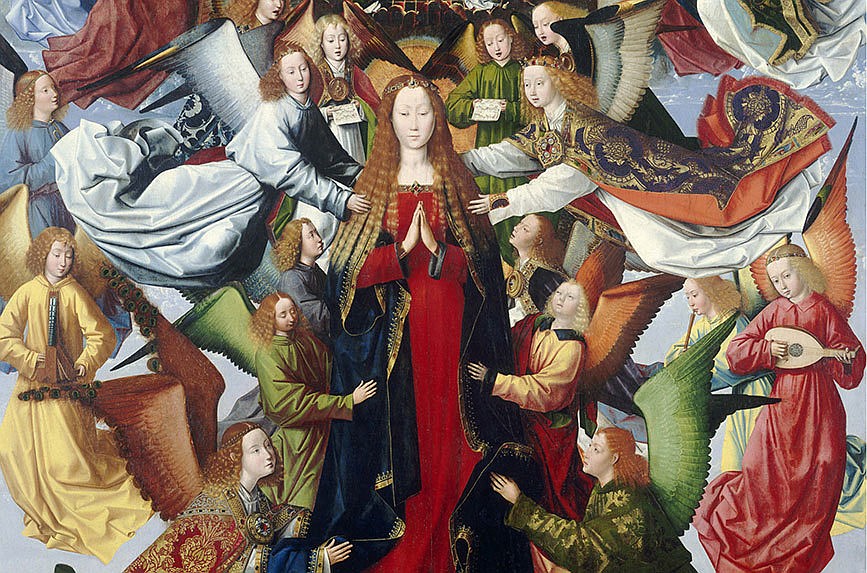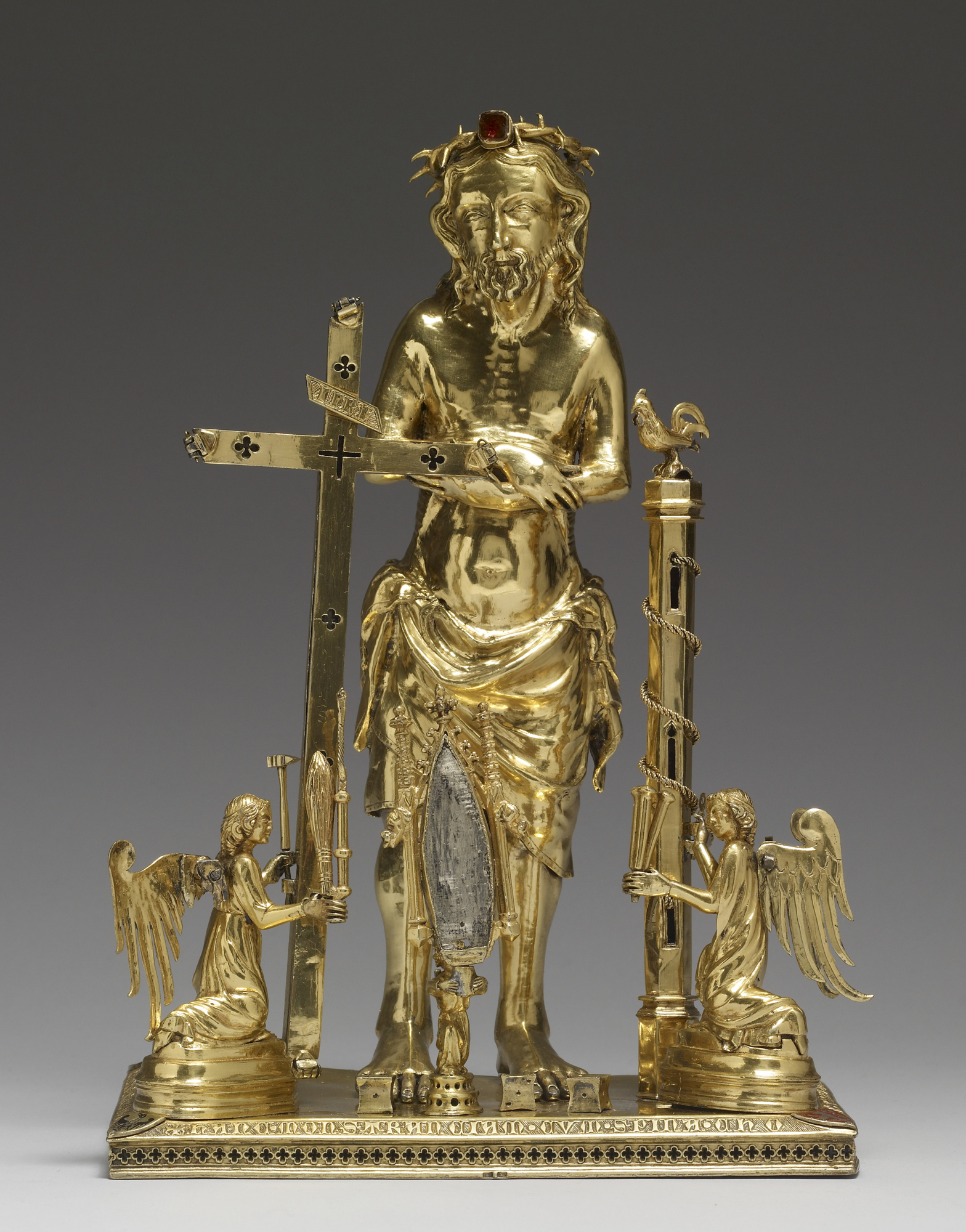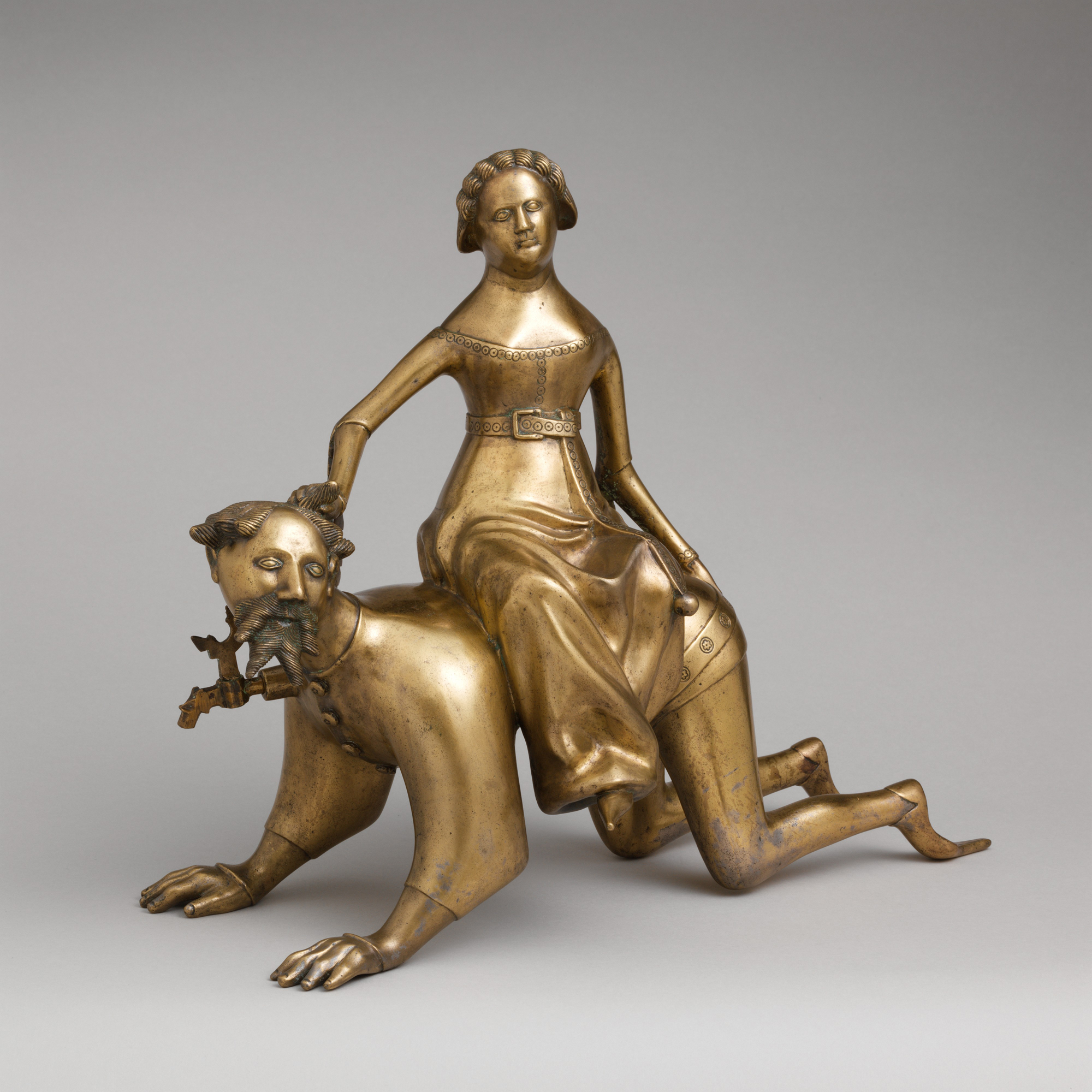- November 23, 2024
-
-
Loading

Loading

A couple centuries removed, it’s not easy to see the similarities we share with the people of medieval Europe.
If film and television are to be used as a point of reference, existence was a bleak palette of grays and browns, broken up occasionally by Monty Python types calling out for your village’s dead.

Reality, of course, was more nuanced than that. What probably doesn’t come to mind are the myriad traits we share, including the joys we find in earthly pleasures, like food, drink and love, as well as a more divine search for spirituality and salvation.
These things — and the senses through which we enjoy them — are the subject of The Ringling’s new exhibit, “A Feast for the Senses: Art and Experience in Medieval Europe.”

Co-curated by the Walters Art Museum in Baltimore and Virginia Brilliant, Ulla R. Searing Curator of Collections at The Ringling, the exhibit is aptly named, engaging users through all five senses to explore the world as Europeans in the later Middle Ages would’ve experienced it.
“A Feast for the Senses” features more than 80 treasured works of art and artifacts, ranging in origin from the years 1100 to 1500, on loan from some of the world’s most important museums, on display through April 30.
The rare pieces, most of which are making their first appearance in Florida, are accompanied by sensory components common of the period — the sounds of bids chirping in a garden; church music and stained-glass windows — even the scent of roses wafts through the exhibit.
The goal, says Brilliant, is not only to help visitors relate to the period, it’s also about what she calls “activating the objects.”
“At an art museum, we have a certain distance from the works of art we see,” she says. “People would not have touched the old master paintings, but in the Middle Ages, a lot of the objects you’re going to see in this exhibition were, in fact, touched, and in some cases smelled or tasted. They weren’t just glittery things that sat in a case. People engaged with art using all of their senses.”

The exhibit is arranged by sense. Gardens are a recurring theme, bookending the experience to highlight their importance as places of respite and symbols of heavenly hope. Food and drink are also prominently featured, with chalices, dishes and scenes of feasts displayed prominently.
With attention to detail, savvy visitors can pick up on perhaps the exhibit’s most unifying theme — bawdy humor.
Sculptural aquamaniles make reference to Phyllis riding Aristotle — stripping him of his dignity and reminding us that jokes about who actually wears the pants are far from new; an ivory tablet depicts a game of hot cockles (Yes, it’s every bit as cheeky as it sounds) and a closer examination of two lounging shepherds singing to one another reveals a double-entendre-laden bit of musical wordplay.
“That was one of the essential tensions of the Middle Ages,” says Brilliant. “On one hand, things are very highbrow, with everything aimed at achieving salvation. But at the same time, there’s a kind of bawdy lasciviousness that permeated everyday life. I hope this exhibit makes at least some of the Middle Ages seem more relatable. We’re still laughing at the same dumb stuff.”